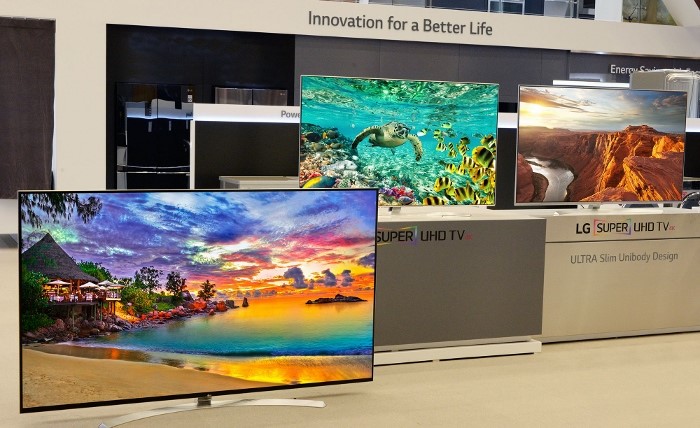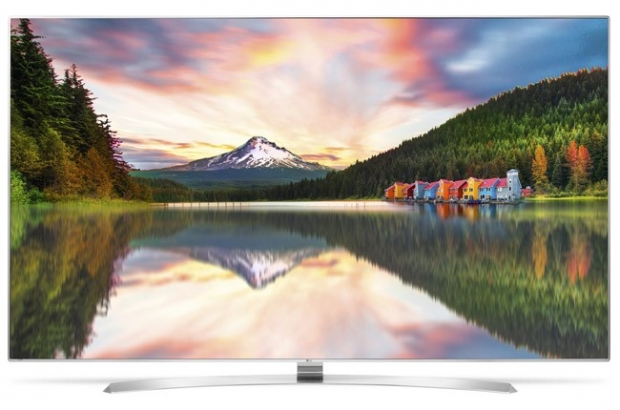All three series lineups will feature LG’s proprietary “HDR Plus” technology, which basically applies post-processing to improve non-HDR content. The company’s High Dynamic Range feature will be able to display HDR content from a variety of sources, including Netflix, Amazon and other online delivery services, and should work just fine with upcoming Ultra HD 4K Blu-ray players.

Image credit: LG
All three lineups will utilize IPS panels that have two new features – True Black Panel and Contrast Maximizer – aimed at reducing reflective glare and by separating objects from their backgrounds to maximize contrast.
This year, LG is taking no design shortcuts and its UH9500 Series will become its thinnest television yet at just 6.6 millimeters thickness (0.22 inches) and nearly imperceptible borders. This is said to create a “floating in the air” aesthetic design. We will have pictures from the CES show floor later this week to illustrate the company’s latest engineering feat.
“We’re confident our newest HDR-enabled SUPER UHD TVs in 2016 will generate much excitement not in the industry, but also with consumers in general,” said Brian Kwon, President and CEO at LG’s Home Entertainment Company. “We are the only company with a dual strategy focused on both OLED and IPS TV technologies and this is proof that we are not prioritizing one display over the other.”




